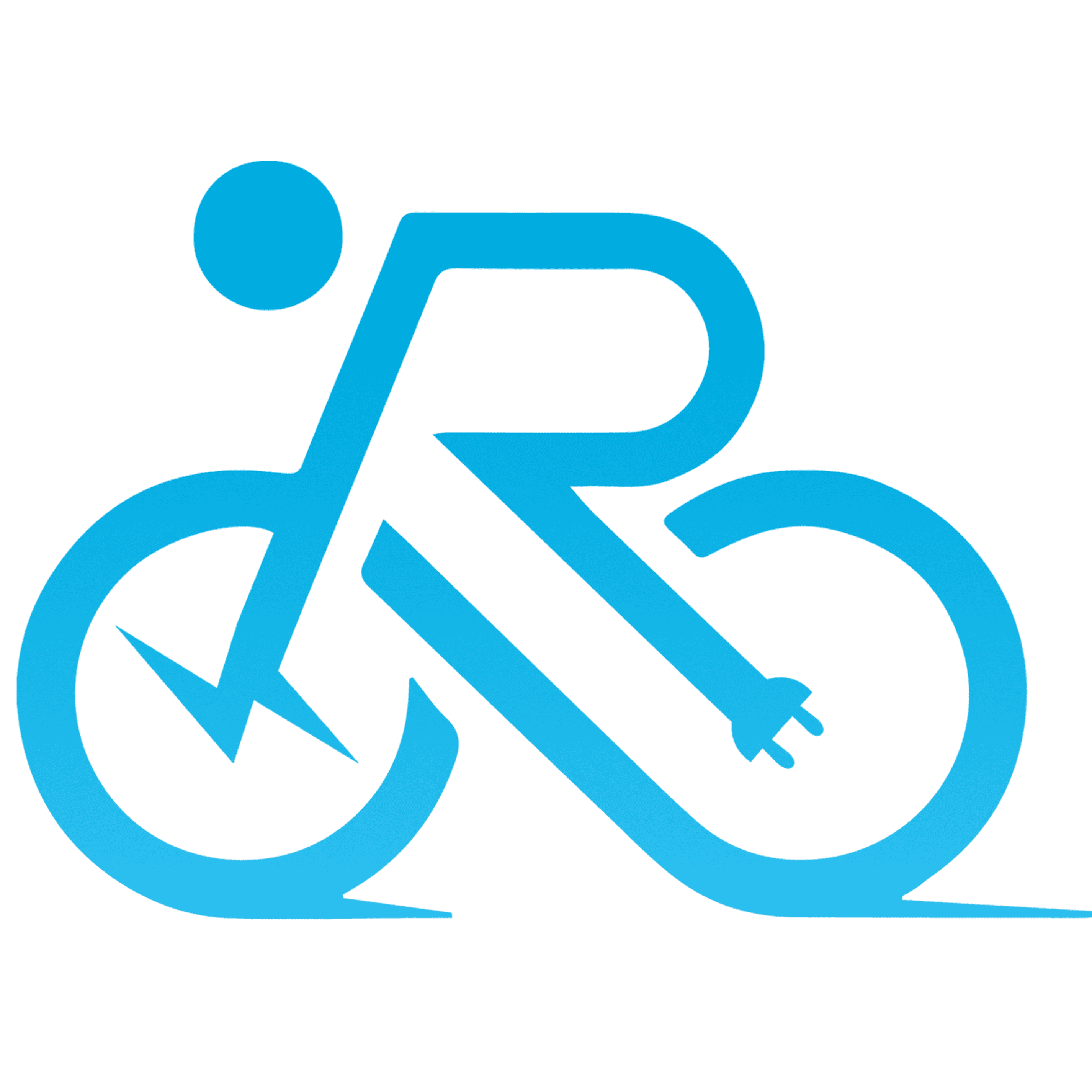| A |
| B |
| C |
| D |
| E |
| F |
| G |
| H |
| I |
| J |
| K |
| L |
| M |
| N |
| O |
| P |
| Q |
| R |
| S |
| T |
| U |
| V |
| W |
| X |
| Y |
| Z |
Introduction to Yoke
The term “yoke” is commonly used in the context of motorcycle anatomy and is an essential part of a motorcycle’s steering system. The yoke, also known as triple clamp or triple tree in some regions, is the component of the motorcycle that connects the front wheel and forks to the motorcycle frame.
Understanding the Yoke
A motorcycle yoke is made up of two primary parts: the upper yoke and the lower yoke. These two parts hold the front suspension forks in place and allow them to pivot, enabling the rider to steer the motorcycle.
The lower yoke, also known as the bottom yoke or bottom triple clamp, is typically the stronger of the two, as it bears the majority of the load from the forks. The upper yoke or top triple clamp provides additional support and stability.
Functions of the Yoke
The yoke plays several key roles in the operation of a motorcycle:
- Support: The yoke holds the front suspension forks, which are crucial for absorbing shocks and maintaining a smooth ride.
- Steering: As the yoke allows the forks to pivot, it plays a crucial role in steering the motorcycle.
- Stability: By securing the forks, the yoke helps maintain the alignment of the front wheel, ensuring stability and control.
Types of Yokes
There are two main types of yokes found on motorcycles:
- Standard Yoke: This is the most common type of yoke found on motorcycles. It’s a one-piece design that’s typically made from cast aluminum or steel.
- Adjustable Yoke: Some high-performance motorcycles feature adjustable yokes, which allow for adjustments to the bike’s handling characteristics by altering the angle of the forks.
Yoke Maintenance and Replacement
Like any other component of a motorcycle, the yoke requires regular inspection and maintenance to ensure its proper functioning. Regularly checking the yoke for signs of wear, damage, or looseness can help prevent potential steering issues. In case of severe damage or wear, replacement may be necessary.
